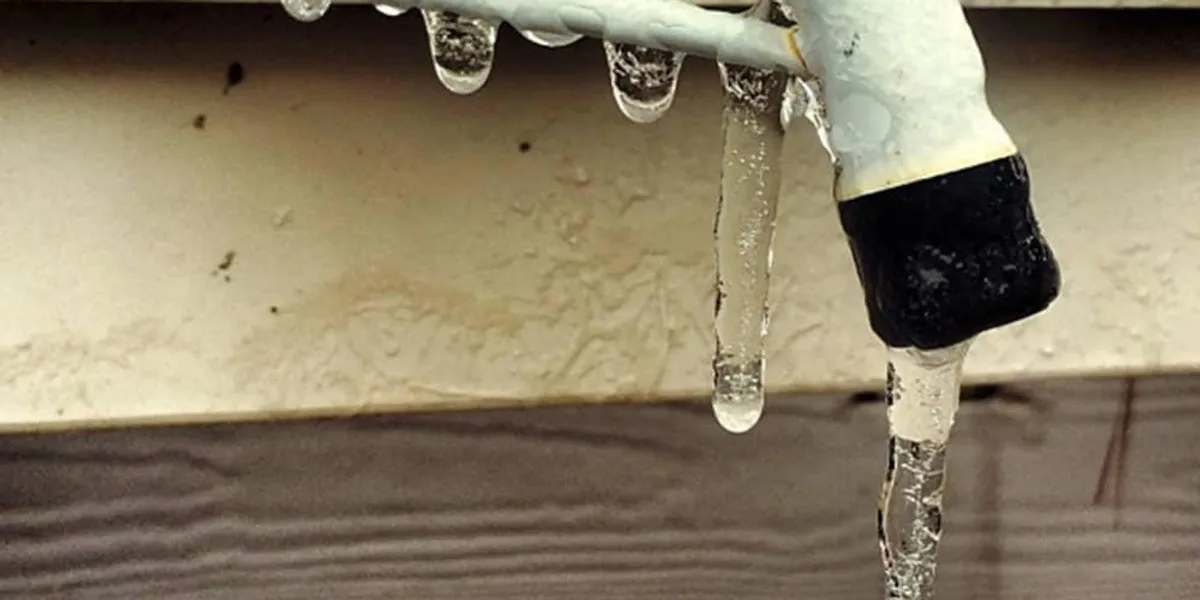How to Avoid Frozen Plumbing in Cold Weather: Professional Tips
How to Avoid Frozen Plumbing in Cold Weather: Professional Tips
Blog Article
They are making a number of good observations on How to Prevent Your Pipes From Freezing in general in this content just below.

Cold weather can ruin your pipes, specifically by freezing pipes. Below's just how to stop it from occurring and what to do if it does.
Introduction
As temperatures decrease, the danger of frozen pipes rises, possibly resulting in costly fixings and water damages. Comprehending how to stop icy pipes is critical for home owners in cold environments.
Comprehending Icy Pipes
What creates pipes to ice up?
Pipes ice up when exposed to temperature levels below 32 ° F (0 ° C) for expanded periods. As water inside the pipelines ices up, it broadens, taxing the pipeline walls and possibly creating them to burst.
Dangers and damages
Frozen pipelines can bring about supply of water disturbances, residential or commercial property damages, and pricey repairs. Burst pipes can flood homes and trigger extensive structural damage.
Indications of Frozen Water Lines
Determining icy pipelines early can avoid them from rupturing.
Exactly how to determine icy pipelines
Seek lowered water circulation from taps, unusual odors or noises from pipelines, and noticeable frost on subjected pipes.
Avoidance Tips
Protecting vulnerable pipelines
Cover pipes in insulation sleeves or make use of warmth tape to shield them from freezing temperature levels. Concentrate on pipelines in unheated or outside areas of the home.
Heating methods
Keep interior rooms adequately heated, specifically locations with plumbing. Open cupboard doors to allow cozy air to flow around pipes under sinks.
Safeguarding Outdoor Pipes
Garden hoses and exterior faucets
Disconnect and drain yard hose pipes prior to wintertime. Install frost-proof faucets or cover outside taps with protected caps.
What to Do If Your Pipelines Freeze
Immediate actions to take
If you think icy pipes, maintain faucets available to relieve pressure as the ice thaws. Use a hairdryer or towels taken in warm water to thaw pipelines slowly.
Long-Term Solutions
Structural modifications
Think about rerouting pipelines far from outside wall surfaces or unheated areas. Add added insulation to attic rooms, basements, and crawl spaces.
Upgrading insulation
Purchase top notch insulation for pipelines, attic rooms, and wall surfaces. Appropriate insulation assists maintain consistent temperatures and decreases the risk of icy pipelines.
Final thought
Stopping frozen pipes calls for aggressive procedures and quick responses. By recognizing the causes, indicators, and safety nets, homeowners can shield their pipes throughout winter.
6 Proven Ways to Prevent Frozen Pipes and Protect Your Home
Disconnect and Drain Garden Hoses
Before winter arrives, start by disconnecting your garden hoses and draining any remaining water. Close the shut-off valves that supply outdoor hose bibs and leave the outdoor faucet open to allow any residual water to drain. For extra protection, consider using faucet covers throughout the colder months. It’s also important to drain water from any sprinkler supply lines following the manufacturer’s directions.
Insulate Exposed Pipes
Insulating your pipes is an effective way to prevent freezing. Pipe insulation is readily available at home improvement stores and is relatively inexpensive. Pay close attention to pipes in unheated areas such as the attic, basement, crawl spaces, or garage. Apply foam insulation generously to create a buffer against the cold. You can also wrap your pipes in heat tape or thermostat-controlled heat cables for added warmth.
Seal Air Leaks
Inspect your home for any cracks or openings that could let in cold air. Seal any holes around the piping in interior or exterior walls, as well as the sill plates where your home rests on its foundation. Additionally, make sure to keep your garage door closed unless you’re entering or exiting. Leaving it open creates a significant air leak that can lead to frozen pipes.
Allow Warm Air Circulation
During cold snaps, it’s essential to allow warm air to circulate evenly throughout your home. Leave interior doors ajar to promote better airflow. Open kitchen and bathroom cabinets to help distribute heat consistently around the rooms. If you have small children or pets, be sure to remove any household chemicals or potentially harmful cleaners from open cabinets for safety.
Let Faucets Drip
A small trickle of water can make a big difference in preventing ice formation inside your pipes. When temperatures drop significantly, start a drip of water from all faucets served by exposed pipes. This continuous flow helps prevent the water from freezing. Additionally, running a few faucets slightly can relieve pressure inside the pipes, reducing the chances of a rupture if the water inside does freeze.
https://choateshvac.com/6-proven-ways-to-prevent-frozen-pipes-and-protect-your-home/

I hope you enjoyed our piece on Preventing and dealing with frozen pipes. Thanks so much for spending some time to browse our piece. Loved our post? Please share it. Let others locate it. Thank you for your time spent reading it.
Visit The Following Page Report this page